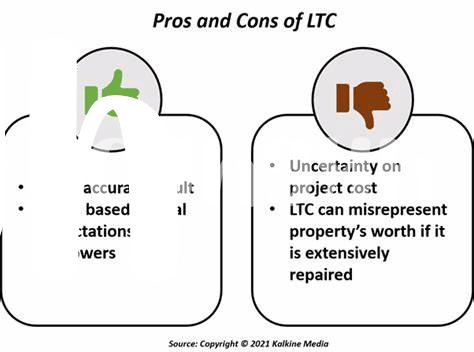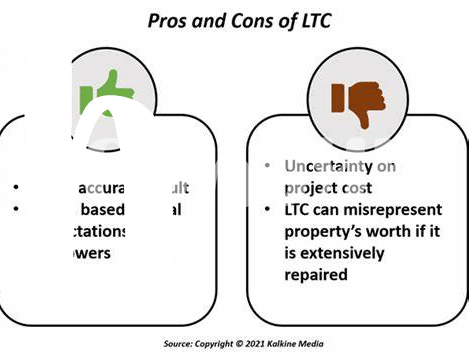🌐 Exploring the Roots of Language and Communication

Have you ever wondered how the first words were formed? Think about it like planting a seed. The moment a sound turned into a symbol, a vast tree of languages started to grow, branching out in countless directions. This journey of uncovering the roots of language is quite like being an explorer, trying to piece together a puzzle that spans across time and cultures. Before we had written scripts, communication was alive through paintings on cave walls, through symbols carved on stones, and through stories passed down orally from one generation to the next. It’s fascinating to consider how these early forms of communication have evolved, influenced by the migration of people, the intermingling of cultures, and the breakthroughs in technology. Imagine a world where every gesture, every sound, every mark tells a story, building up to the complex systems of language we have today.
| Era | Form of Communication |
|---|---|
| Prehistoric Times | Cave Paintings, Oral Stories |
| Ancient Civilizations | Written Scripts (e.g., Hieroglyphs, Cuneiform) |
| Medieval Period | Manuscripts, Folk Songs |
| Modern Era | Digital Media, Social Networking |
This exploration teaches us not just about the origins and transformations of human speech and writing, but also about our relentless quest to connect and understand each other, laying the groundwork for the rich tapestry of human civilization.
📈 the Evolution from Words to Wealth
Language and communication are not just tools we use to express thoughts and feelings; they are also powerful instruments in the world of commerce. Initially, our ancestors devised languages to better coordinate, share knowledge, and strengthen their communities. Fast forward to today, and we see how these rudimentary forms of communication have evolved into complex systems that underpin modern-day trade and business. Every word in an advertising slogan, every phrase in a marketing pitch, and the ease of understanding between international trade partners all highlight the subtle, yet profound, influence of linguistics on commerce. This transformation from simple verbal exchanges to sophisticated economic transactions showcases how integral language has become in creating and sustaining wealth.
Interestingly, the connection between linguistics and commerce is not merely coincidental but rooted in the fundamental principles of communication and understanding. For instance, knowing the right words to capture a consumer’s attention can drastically affect a product’s success in the market. Similarly, the ability to negotiate and interact effectively with business partners from different cultures can open up new opportunities for wealth generation. This synergy between language and economics paves the way for innovative approaches in both fields. For more insight into how language principles can be applied in the digital marketplace, see how digital currencies are making headway at https://wikicrypto.news/step-by-step-how-to-safely-turn-your-bitcoins-into-cash. Here, the intricacies of communication and the strategic use of information mirror the linguistic underpinnings that drive success in the realm of commerce, highlighting a universal language of trade that connects us all.
🌉 Bridging Linguistics and Commerce: a Surprising Link

At first glance, it might seem like the worlds of linguistics, the study of language, and commerce, the business of buying and selling, couldn’t be more different. But when you look a little closer, you’ll find a surprising and fascinating connection between the two. Think about it: both realms rely heavily on effective communication. Whether we’re decoding complex grammatical structures or negotiating a business deal, the basic principles of clarity, persuasion, and understanding are crucial. In a way, mastering a language is not too different from mastering the art of commerce. Each word or phrase in a language carries its own set of connotations and meanings, much like how a brand communicates its value to potential customers. By analyzing how language affects our perception, businesses can craft messages that resonate deeply with their audience. This intersection between linguistics and commerce opens up new pathways for innovation. From creating captivating marketing campaigns that speak directly to the heart of consumers, to developing customer service strategies that genuinely connect, the potential is endless. It’s clear that when language and business skills combine, they create a powerful toolbox for navigating the global marketplace.
💡 from Syntax to Stocks: Applying Linguistic Principles

Imagine if we approached the stock market the same way we do language. Just like understanding the structure and rules of language can help us communicate better, applying linguistic principles can help us navigate the complex world of stocks. It’s about seeing patterns, understanding signals, and decoding messages. Just as syntax helps us make sense of sentences, a similar approach can help us interpret market trends and make informed decisions. It’s a fascinating blend of analysis and intuition, where every fluctuation in the market tells a story, waiting to be understood.
In this dance of numbers and narratives, staying informed is key. For those looking to dive deeper into the financial world, knowing the ethereum current price can offer insights into market movements. Just as linguists decode texts, investors interpret data to predict future trends. This blend of skills opens up new possibilities for success in the global marketplace, proving that when it comes to both language and commerce, the power of understanding cannot be underestimated.
🛍️ Marketing Magic: the Linguistic Approach to Selling
When we start talking about how to sell things, a lot of people might not think about how language and the way we use words play a huge part. But, believe it or not, using the right words in the right way can be like casting a spell that makes people want to buy what you’re selling. Imagine walking into a store or clicking on a website and everything just speaks to you, almost like it knows exactly what you need. That’s no accident. It’s all about understanding not just what people are saying, but how they say it and what that tells us about what they really want. It’s a bit like being a detective, but instead of solving mysteries, you’re figuring out the best way to show someone why they need what you’re selling. The secret sauce? It’s all about paying close attention to the words people use and how they use them. Sometimes, it’s the difference between “buy this now” and “imagine how this could make your life better.” Here’s a simple breakdown of how this magic works:
| Element | Description |
|---|---|
| Understanding Needs | Using language to uncover what people really want. |
| Emotional Connection | Creating messages that resonate on a personal level. |
| Call to Action | Choosing words that encourage people to take action. |
It shows us that the right words, put together in the right way, can not only grab someone’s attention but can also make them feel like they’re part of a story – a story where what you’re offering is the perfect solution to their needs. Making that connection, understanding the hidden power of words, transforms ordinary selling into something much more: a meaningful exchange that feels right for everyone involved.
🚀 Global Commerce: Speaking the Universal Language of Trade

In the vast marketplace of today, where boundaries blur and distances shrink, language emerges not merely as a tool for dialogue but as a vital bridge to global commerce. This universal language of trade transcends cultures and geographies, creating a shared space where ideas flourish and transactions happen seamlessly. It’s fascinating how, from the bustling markets of local businesses to the digital platforms that connect buyers and sellers across continents, the principles of effective communication remain constant. Whether it’s understanding the needs of a partner from halfway around the world or crafting messages that resonate across diverse audiences, the essence of commerce today lies in speaking this global dialect of trade.
This linguistic approach to commerce not only simplifies transactions but also opens up avenues for innovation and growth. For instance, understanding the nuances of cultural contexts can transform how products are marketed and consumed on a global scale. Moreover, in this rapidly evolving marketplace, digital currencies like Bitcoin are becoming integral, merging the realms of finance and technology. For those curious about the intersection of digital commerce and practicality, finding out what is bitcoin becomes essential, especially when considering the ease it brings to international trade. Embracing this universal language of commerce, from decoding the subtleties of consumer behavior to leveraging technological advancements like cryptocurrencies, businesses and individuals alike are navigating the complex yet rewarding world of global trade.
